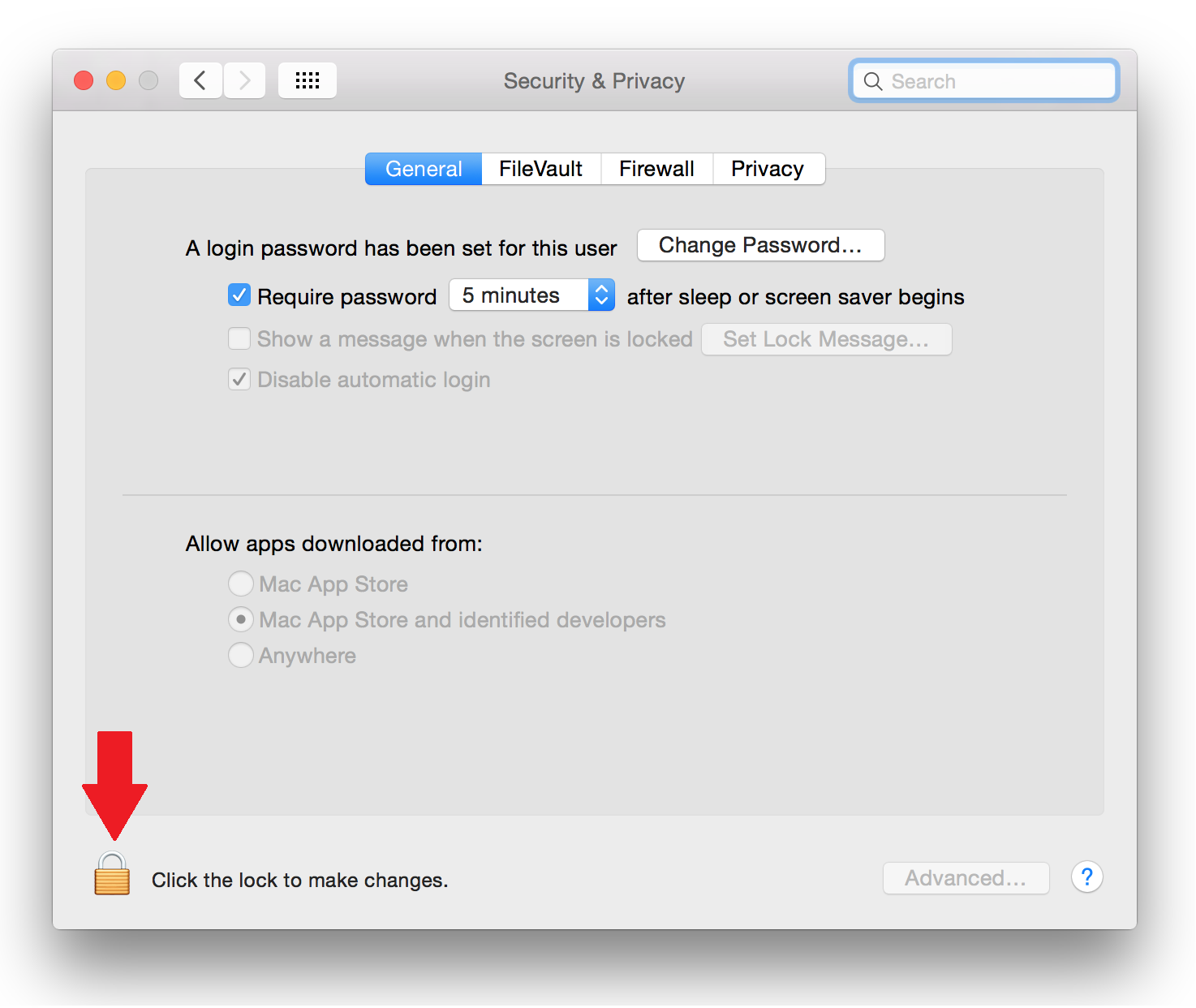
- Mac security settings for apps install#
- Mac security settings for apps update#
- Mac security settings for apps software#
- Mac security settings for apps password#
By default, the OS might make Game Center available to users.īlock multiplayer gaming in the Game Center: Yes prevents multiplayer gaming when using Game Center.
Mac security settings for apps update#
When set to Not configured (default), Intune doesn't change or update this setting. By default, the OS might allow users to add friends to Game Center.īlock Game Center: Yes disables Game Center, and the Game Center icon is removed from the home screen. App Store, doc viewing, gaming Settings apply to: Automated device enrollment (supervised)īlock adding Game Center friends: Yes prevents users from adding friends to Game Center. For more information on the different enrollment types, see macOS enrollment. However, taking the steps listed above is a good start on being a protected and conscientious Mac user.These settings apply to different enrollment types.
Mac security settings for apps software#
You should also invest in antivirus/antimalware software and try to stay away of the latest threats that are targeting the OS X operating system. Keeping these factors in mind is just the first chapter of protecting your Mac from threats. This rule holds true for individual app updates, as well.
Mac security settings for apps install#
If the App Store says you have updates available, install them. To check for updates, click the Apple menu at the top left-hand corner of the screen and see if any updates are listed next to the “App Store” button. For the best security possible, always update your Mac as soon as new OS X updates are released. Firewall isn’t antivirus software and won’t protect you from most malware, but it will keep your computer safer.Ĭheck for Operating System Updates: Apple keeps OS X pretty well updated-whether with small security updates to fix bugs or vulnerabilities, or with larger annual updates that change the look, feel, and features of OS X. Turn on Firewall: Next, head over to the third tab: “Firewall.” As with any firewall, turning on this setting will protect your computer by blocking unauthorized traffic from connecting to your system.
Mac security settings for apps password#
As Apple warns in the FileVault menu, if you lose both the password and the recovery key, the files on your drive “will be lost.” In other words, be sure to save both password and recovery key in a safe place. When you turn on FileVault, you will be issued a recovery key to help you access your files if you should forget your password. When FileVault is switched on, every file on your startup drive is encrypted and cannot be accessed or recovered without the password. Turn on FileVault: Once you’re done changing your password settings, click over to the next tab in the Security & Privacy menu, “FileVault.” FileVault is Apple’s full-data encryption system. For the latter setting, locking your computer immediately after the screen goes to sleep is the smartest option-particularly if you travel a lot or use this computer at work. Set a password, change your password to make it more secure, or tell your computer when to require a password.

To change your password settings, launch your System Preferences menu, click “Security & Privacy.” In the first tab of the menu (“General”), you can customize password settings.

Here are just a few settings you should change if you want to make sure that your Mac is as secure as possible.Ĭustomize Your Password Settings: Entering your password every time you boot up your Mac or open your laptop can be an annoyance, but it helps keep your information safe in case your computer falls into the wrong hands. Whether you just pulled your brand new Mac computer out of the box or are looking for ways to make your system more secure in light of recent OS X threats and vulnerabilities, there are several default Mac security settings that are not in your best interest to keep. Default Security Settings You Should Change on Your Mac


 0 kommentar(er)
0 kommentar(er)
